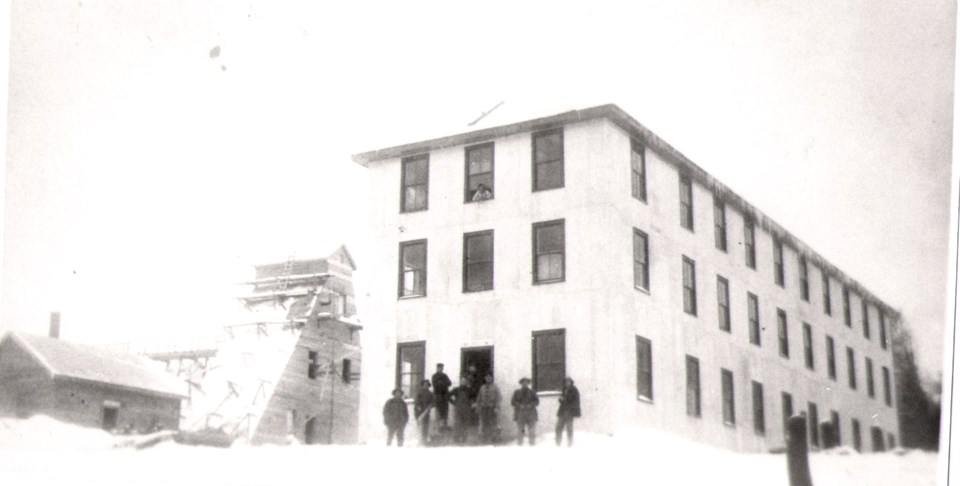Once the mining camps were booming and filled with workers, boarding houses or temporary housing was built. The region transformed into a “working-class” community.
According to a municipal assessment roll for 1915, close to 80 per cent of the mine workers in town neither owned nor rented property in Timmins. Timmins was largely thought of as a transient town where many were coming and going for work or to catch the next big discovery. In 1917, a Timmins town clerk estimated that only 10 per cent of the male population in town was more or less permanent while half of the rest stayed for only three to four months.
Sometimes a worker’s pay would include room and board while others did not. Miners typically lived in either a boarding house or a company house. Living conditions in boarding houses or bunkhouses weren’t fancy but a miner’s wage could afford the cost of rent and basic services such as laundry and hot meals. Men were charged around $1 per day for their board in bunkhouses.
They had a reputation of being dirty, overcrowded, and messy but were readily available for the large workforce. Many lived in the boarding houses for convenience, not comfort and overcrowded accommodations became a health concern.
Each week, the Timmins Museum: National Exhibition Centre provides TimminsToday readers with a glimpse of the city’s past.
Find out more of what the Timmins museum has to offer here and read more Remember This columns here.



